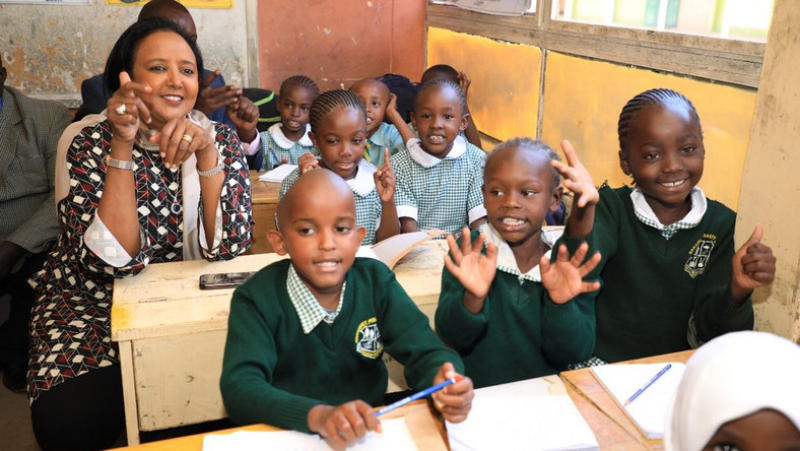×
The Standard e-Paper
Informed Minds Prefer The Standard

It is a few minutes to 10.30am when I am ushered into Grade 1 B at St Catherine’s Primary School in time for the final lesson before break.
The class is switching from Mathematics to English activities.